Multibeam
Type of resources
Available actions
Topics
Keywords
Contact for the resource
Provided by
Years
Formats
Representation types
Update frequencies
Resolution
-
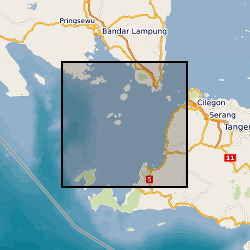
Multibeam bathymetric Echosounder (MBES) and Sparker seismic acquired August 2019. NSFGEO-NERC Grant: Tsunamis from large volume eruptions
-
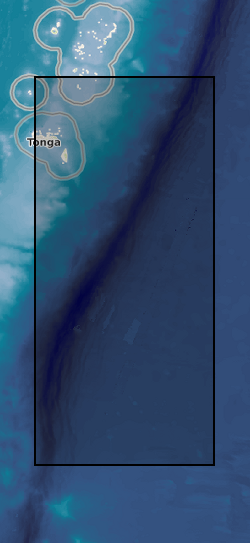
The Tonga Trench was surveyed with a Kongsberg EM 124 gondola-mounted to the hull of the 225-foot DSSV Pressure Drop. The survey was conducted over the course of two weeks – May 29 – June 6, 2019. The data meet the requirements for IHO Special Order standards.
-
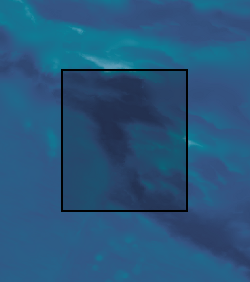
The Dordrecht Deep, the deepest section of the Diamantina Fracture Zone (Indian Ocean), was surveyed with a Kongsberg EM 124 gondola-mounted to the hull of the 225-foot DSSV Pressure Drop. The survey was conducted over the course of three days – March 12-15, 2019. The data meet the requirements for IHO Special Order standards.
-

The Mariana Trench was surveyed with a Kongsberg EM 124 gondola-mounted to the hull of the 225-foot DSSV Pressure Drop. The survey was conducted over the course of two weeks – April 19th – May 6th, 2019. The data meet the requirements for IHO Special Order standards.
-
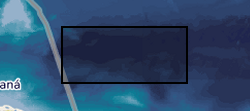
The Brownson Deep area of the Puerto Rico Trench was surveyed with a Kongsberg EM 124 gondola-mounted to the hull of the 225-foot DSSV Pressure Drop. The survey was conducted over the course of two days – December 18-19, 2018. The data meet the requirements for IHO Special Order standards.
-

The Molloy Hole was surveyed with a Kongsberg EM 124 gondola-mounted to the hull of the 225-foot DSSV Pressure Drop. The survey was conducted over the course of three days – August 24-26, 2019. The data meet the requirements for IHO Order 1 standards.
-
We present three new gridded bathymetric compilations of Sheldon Cove, Borgen Bay and Marian Cove. These bathymetry grids were compiled from EM122 multibeam swath bathymetry data acquired during three different cruises (RRS James Clark Ross JR17001, JR18003 and JR19002 cruises also known as NERC- ICEBERGS cruises) from 2017 to 2020. The data is available as grids of 5 m resolution in NetCDF and GeoTIFF formats using geographic coordinates on the WGS84 datum. This grid was compiled as part of the ICEBERGS (Impacts of deglaciation on bentic marine ecosystems in Antarctica) project. Funding was provided by the NERC grant NE/P003087/1.
-

The Java Trench was surveyed with a Kongsberg EM 124 gondola-mounted to the hull of the 225-foot DSSV Pressure Drop. The survey was conducted over the course of two weeks – March 26th – April 9th, 2019. The data meet the requirements for IHO Special Order standards.
-
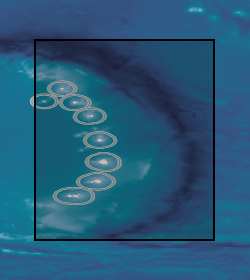
The South Sandwich Trench was surveyed with a Kongsberg EM 124 gondola-mounted to the hull of the 225-foot DSSV Pressure Drop. The survey was conducted over the course of seven days – February 2-9, 2019. The data meet the requirements for IHO Special Order standards.
-
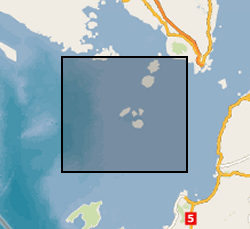
The data set comprises single channel seismic from the Sunda Strait, Indonesia. The data were acquired in 2019 to research the 1883, Krakatau volcanic eruption.
 NERC Data Catalogue Service
NERC Data Catalogue Service